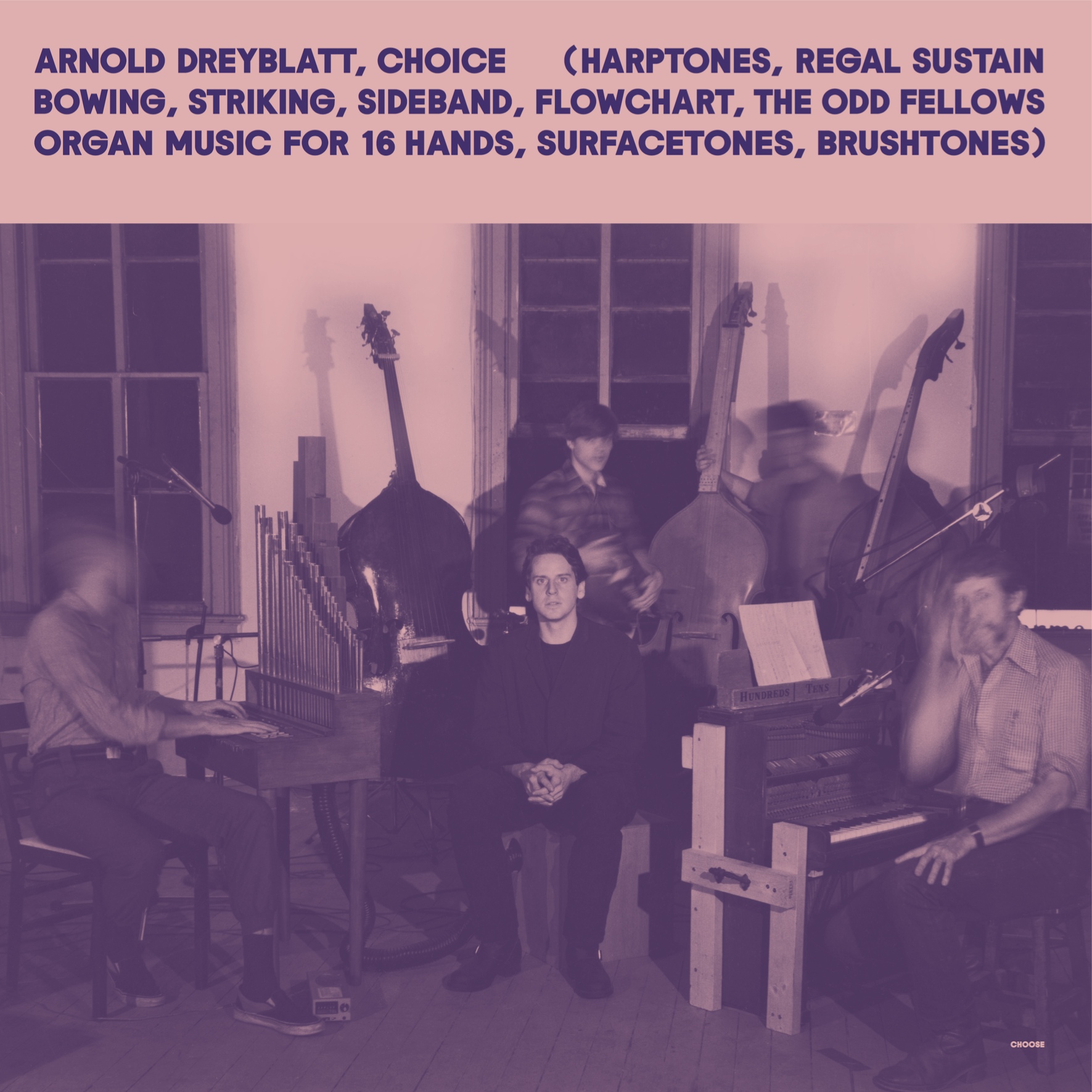Label: Asphodel Format: CD
 Love Is The Devil is a reasonably arty film about the traumatic love-life of painter Francis Bacon in the early Sixties, whihc despite may flaws is an engaging and occasionally powerful depiction of an alcoholic artist and his relationship with a young stranger who appears from the roof of his studio one night. Sakamoto‘s soundtrack, heard in the context of the film, is a key ingredient in depicting mood and time in both a claustraphobic affair and era, within the limitations of a constrained budget. As such, in its specificly intended setting, the soundtrack is one of the best parts of the film, never too intrusive, reflecting the slowly degenerating lives of the characters.
Love Is The Devil is a reasonably arty film about the traumatic love-life of painter Francis Bacon in the early Sixties, whihc despite may flaws is an engaging and occasionally powerful depiction of an alcoholic artist and his relationship with a young stranger who appears from the roof of his studio one night. Sakamoto‘s soundtrack, heard in the context of the film, is a key ingredient in depicting mood and time in both a claustraphobic affair and era, within the limitations of a constrained budget. As such, in its specificly intended setting, the soundtrack is one of the best parts of the film, never too intrusive, reflecting the slowly degenerating lives of the characters.
Out of the cinematic frame, Love Is The Devil builds in a slow arc of synthesised abstractions and tinkling piano notes, rising to a brief gurgling mechanical rush for the brief violence of the Hogarthian scene accompanied by “Boxing.” As with the (unfortunately unused) soundtrack Coil produced for Hellraiser, the moments of stillness such as “Bed-Museum” or “Walk” prepare the audience for moments of psychological tension as found in the unsettling processed croaks of “Switch” or “Sex (2)’s” banshee wails. The following section, “Redman” is a grotesque fragment of liquid, glutinous apprehension, and by the time it segues into “George In Rain,” “Redman 2” and “Redman 3” the on-screen drama is counterpointed by electronic underscores of an appropriately disturbing nature, descending into a vertiginous pitch-bent slide in the latter.
Considered as a recording, the soundtrack works on a level which lasts both beyond and without any viewing of the film. Despite the necessarily brief length of most tracks, Sakamoto usually maintains a flow of mood across several pieces, with peaks of intensity and even synthesized Serialism (“NY,” “Car Crash”) with sampled-in record- groove crackle. By the end-credit title track, as is now traditional in these matters, a post-Trance chug is established, both to get the punters moving and close the descent into suicide and gloom with an upbeat coda. As with the film, so with the soundtrack – so at least no-one should come away from listening to it feeling too depressed.
-Freq1C-


